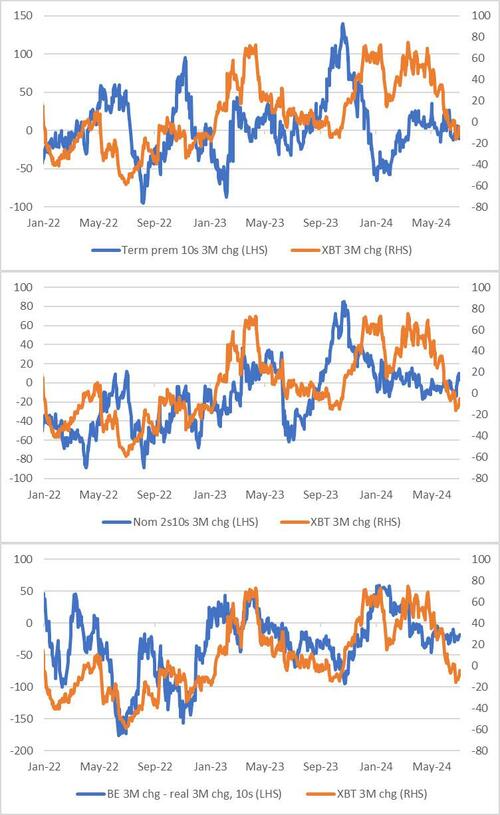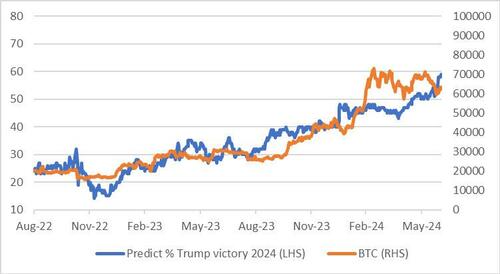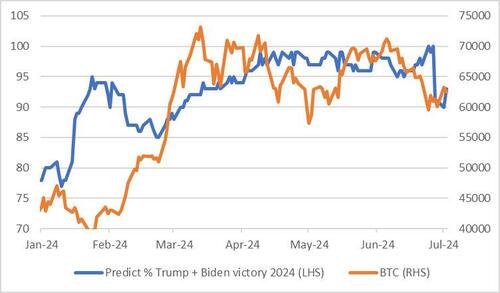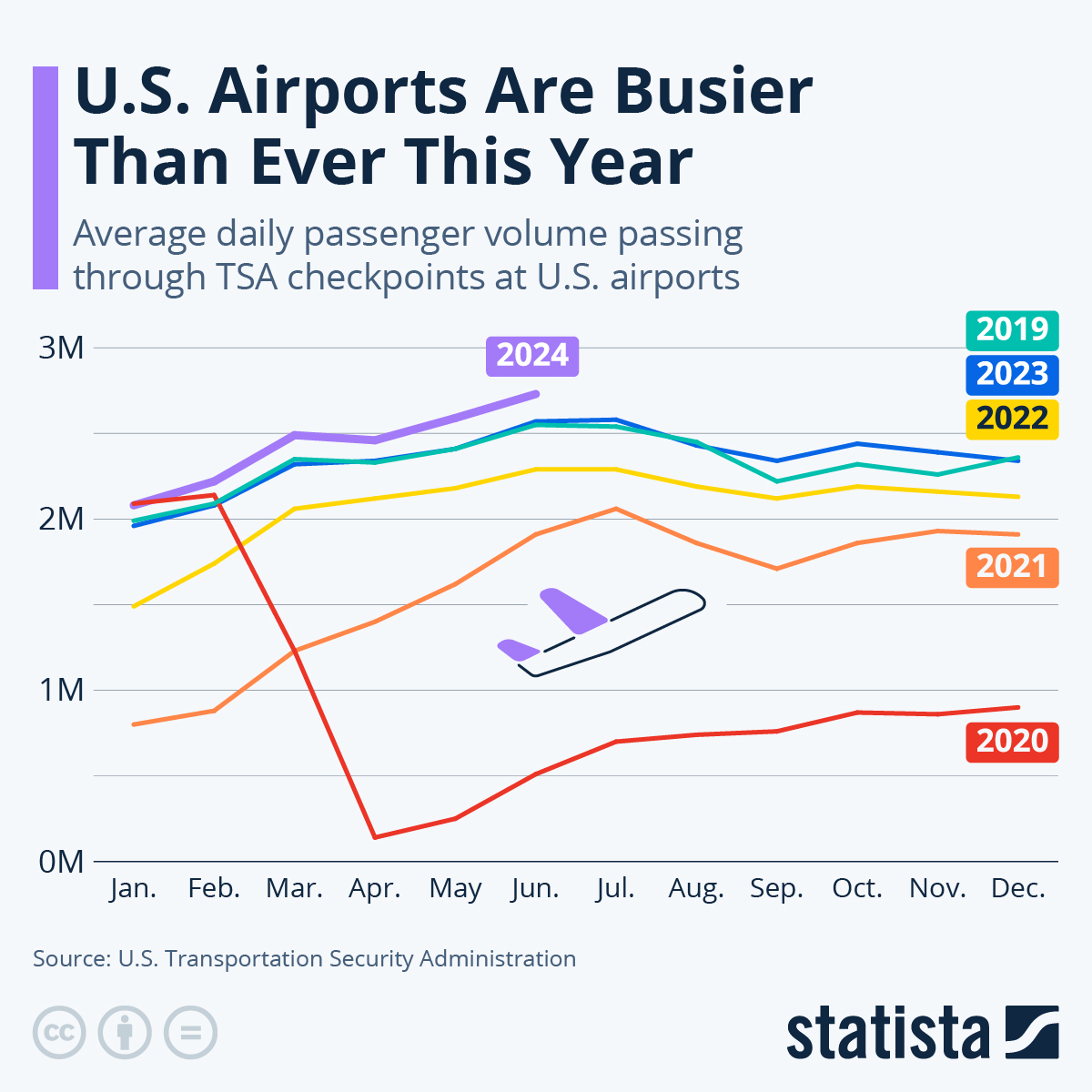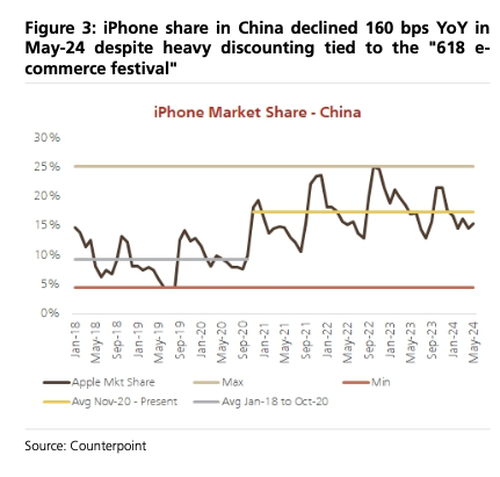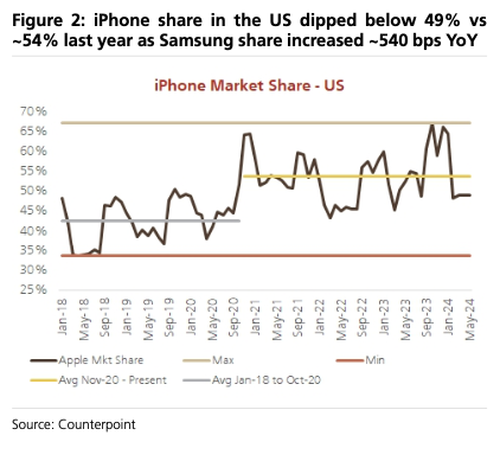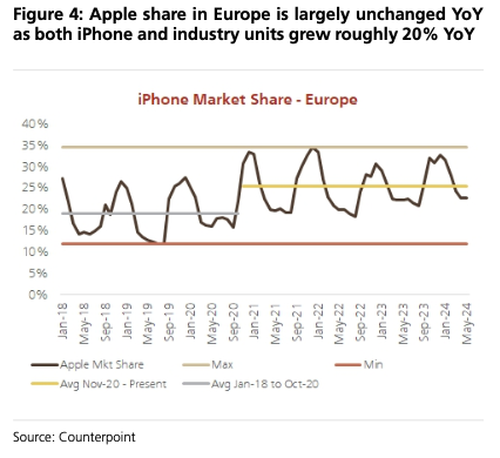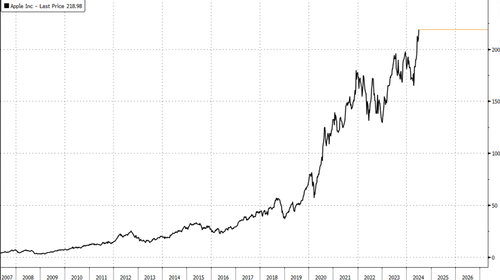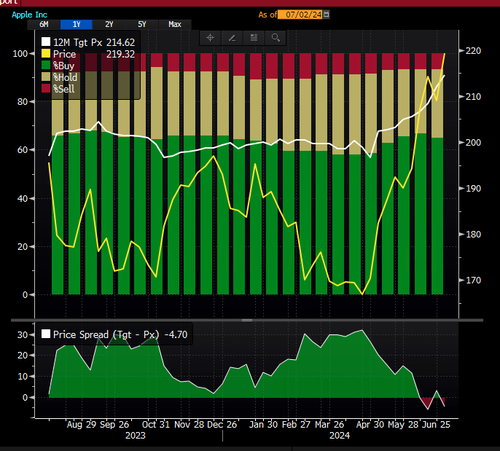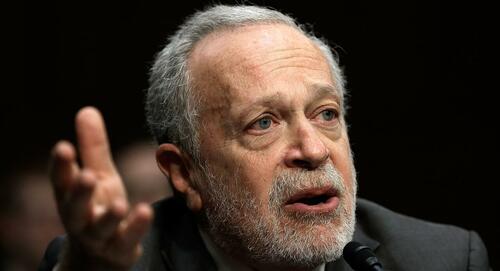US Marshals Find 200 Missing Children In Nationwide Operation
Authored by Mary Lou Lang via The Epoch Times,
The U.S. Marshals Service (USMS) found 200 missing children, including sex trafficking victims, abused children and runaways in a six-week nationwide operation, the Department of Justice announced July 1.
“One of the most sacred missions of U.S. Marshals Service is locating and recovering our nation’s critically missing children,” said USMS Director Ronald Davis.
“This is one of our top priorities as there remain thousands of children still missing and at risk.”
Of the children found, 173 were endangered runaways, one was a family abduction, another was a non-family abduction and 25 were considered otherwise missing. The youngest was a 5-month-old baby.
The USMS carried out Operation We Will Find You 2 along with federal, state and local agencies from May 20 to June 24.
The National Center for Missing and Exploited Children (NCMEC) offered technical assistance in the operation.
Operation We Will Find You 2, the second such nationwide missing child operation, focused on geographical areas with large clusters of critically missing children, according to the DOJ.
It was conducted in the District of Arizona, the Eastern District of California, the Southern District of Florida, the Western District of Michigan, the Eastern District of North Carolina, the Southern and Eastern Districts of New York, and the District of Oregon.
One case in the Eastern District of North Carolina involved a one-year-old who was reported missing in Raleigh after the child’s mother failed to surrender her to the Department of Social Services, according to the release. The mother, who had been convicted of strangling her four-year-old son to death, was arrested and U.S. Marshals safely recovered the child.
Another case involved a 12-year-old girl who went missing from her family home in Portland, Oregon, on May 21 after she reported being sexually abused by family members.
Police officers contacted the child on her cell phone and she agreed to meet them at a grocery store. The child and a friend then called the police back, telling them her father was trying to force her into his car. USMC was able to intervene.
The child told law enforcement she had been raped by two males and that her father had touched her inappropriately. She was placed in a foster home then in a state-run shelter after the foster home placement did not work out.
Another case involved a 16-year-old girl reported missing after she ran away from a group home in Phoenix. The girl had been a victim of sex trafficking.
An investigation showed the child was possibly being sex trafficked in Los Angeles, and her suspected trafficker was murdered on May 25. The girl had told a family member she was going on vacation to Miami, and when she arrived a new sex trafficker took her to the beach and told her to make money.
Marshals found the girl in Flint, Michigan, on June 11, and she was taken into custody for a probation violation. A man she was found with was arrested for driving without a license and insurance. The Homeland Security Investigations is investigating the suspected trafficking case.
In New York, a 16-year-old girl who was a prior victim of human trafficking was reported missing in November of last year. The NYC Police Department’s Missing Persons Unit requested the USMS’s assistance in the case.
Two arrest warrants were executed for a 27-year-old man who was the prime subject in the case. On June 3, the girl was found in the man’s bedroom and evidence of sexual exploitation was discovered. The girl was placed in the care of the Administration for Children’s Services.
“Operation We Will Find You is a shining example of the results we can achieve when we unite in our mission to find missing children,” said President and CEO Michelle DeLaune of NCMEC in a press release.
“We are grateful that vulnerable children have been recovered as part of this operation, and we commend the U.S. Marshals Service and all the agencies involved for their commitment to protect youth and ensure these children are not forgotten.
“Behind every statistic, there is a child who deserves to grow up safe from harm.”
Tyler Durden
Tue, 07/02/2024 – 22:20
via ZeroHedge News https://ift.tt/eSYPqDR Tyler Durden


